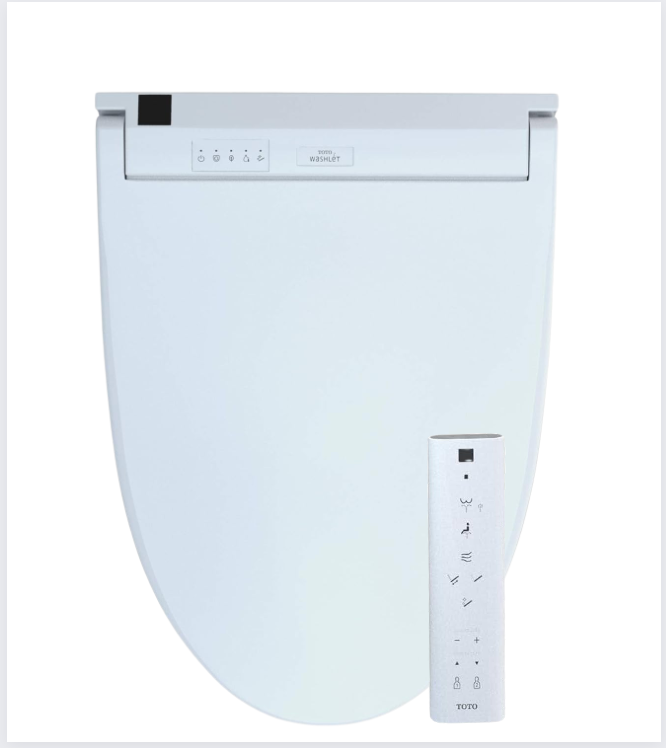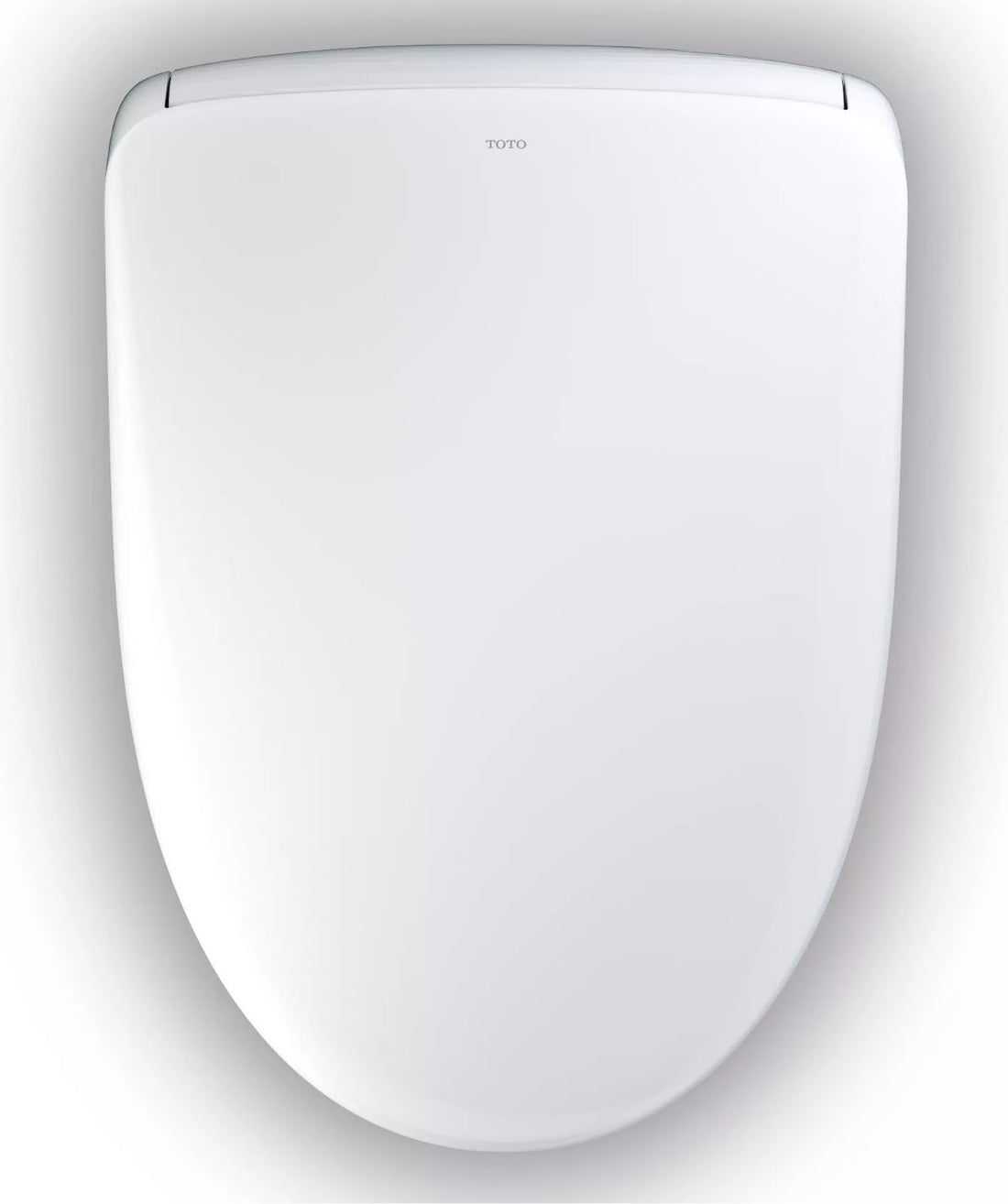The effects of human consumption are catching up to us, and it's time to do our part. An efficient, sustainable bathroom is a great place to start. By working towards an eco-friendly bathroom, individuals can save money and reduce consumption; but when our society goes green, it can save the planet.
How Do I Live Environmentally Friendly?
According to the U.S Environmental Protection Agency (EPA), the average American family uses approximately 300 gallons of water per day, which is often more water than their local resources can sustain. This often leads to shortages and rationing, especially in areas experiencing drought. The first step in lowering your home’s water consumption is being aware of where the water is going. Outdoor water usage, like watering your lawn, can use up more water than you think, as can bathroom fixtures, washing machines and dishwashers. There are small changes you can begin taking to be more water conscious, including things like reducing plastic bottle consumption, using less toilet paper, and reusing towels.
Make Your Bathroom Trips Count
If you're trying to live eco-friendly, be mindful of your time in the bathroom. The best way to use less water is to limit showers, turn the bathroom faucets off while you brush your teeth, and don't flush unnecessarily. Monitoring your time spent with the water running should be the first step in your journey to go green.
Go Low-Flow
Bathing, showering, flushing, and hand-washing account for most water use in most homes, so upgrading these fixtures will greatly reduce wasted water. A green bathroom likely has appliances and fixtures intended to reduce the water flow while performing the same function. Not only will these appliances save water, but they can also cut water heating costs, so it should be a worthwhile investment if you need to replace something.
Low-Flow Shower Head
Many shower heads use more water flow than is necessary. While a national mandate prevents showers from consuming more than 2.5 gallons of water per minute, many fixtures use the entire allotment. A low-flow showerhead uses less than two gallons per minute, providing more than a 20% reduction. This could reduce your home's overall water consumption by nearly 3,000 gallons annually!
How Old Is Your Toilet?
If your current toilet was installed before 1992, there's probably a consumption issue. The Energy Policy and Conservation Act of 1992 changed the standard flush from 3.5 gallons to 1.6, which is less than half. Toilets from the early 80s were even worse, with up to seven gallons per flush. Modern toilets are more efficient than ever, using 1.28 gallons of water with each flush. Depending on how old your toilet is, you could save 50% or more water per flush!
Reducing Toilet Paper Usage
Virgin trees are becoming a rarer commodity on this planet, largely due to toilet paper and other paper products. As natural materials run low, this is becoming a greater problem. And that’s not to mention the byproducts of toilet paper, including wasted water, industrial pollution, and environmental destruction. Given all this, in 2022, sustainable bathrooms use bidets.
Bidets can reduce toilet paper waste by up to 100% while offering a superior clean. Not only does this save you money on the 100+ rolls you would have bought, but it's also environmentally friendly. With most systems using approximately 0.16 gallons of water each time, there's no significant impact on your water consumption but a huge difference in paper waste.
Less Plastic In The Bathroom
Sustainable living is all about reducing waste and becoming eco-friendly, so reducing plastic consumption is necessary. With so many sustainable materials, it's time to stop purchasing plastic. Not only do plastic bottles, containers, and packages create waste, but they can also leak toxic chemicals into your home and body.
You can go with entirely sustainable bathroom cleaning methods, like cleaning with lemon juice and a little elbow grease, but green cleaners are also a great alternative. Glass cleaning bottles, reusable body wash containers, and bar soap are all great ideas for the average household.
Finally, The Light Fixtures
To complete your environmentally-friendly bathroom, upgrade the light fixtures to LED bulbs. The decision can brighten up your bathroom while dramatically reducing the electricity used. According to energy.gov, switching to LED bulbs can save $225 per year, so it pays to go green! The Natural Resources Defense Council (NRDC) has stated that we cannot afford to keep buying and using old-school incandescent bulbs, so why not start saving now? LEDs also last longer and emit less heat, so switching has plenty of benefits.
Maintaining A Sustainable Bathroom
Many people think there is additional maintenance in an eco-friendly bathroom, but the opposite is true. For instance, installing a bidet will eliminate the need to regularly purchase toilet paper, and prevent clogged toilets caused by excess toilet paper or wet wipes. Upgrading to LED bulbs in the bathroom will keep the room cooler and extend the life of your light fixtures. A lot of time, effort, and thought has gone into the design of these appliances, ensuring they are more convenient, energy-efficient, and eco-friendly than ever.
The Cost Of Upgrading
Initially, it may be expensive to make your bathroom sustainable, but it's always worth the price. The return on investment is often seen within 1-2 years, and the longevity of eco-friendly items prevents you from re-purchasing frequently. A great example of these savings is buying a bidet seat. While a luxury model may cost a few hundred dollars, the average American spends as much as $180 per year on toilet paper, so a married couple would recoup their investment in the first year. Bidets last between three years and a decade, so the savings are multiplied annually.
Live Eco-Friendly In A Simpler Bathroom
Bathroom updates don’t have to be complicated to be effective. Saving the environment starts at home, and you can go green with a few simple changes. Reduce flush frequency, monitor your showers, and limit water waste until you can upgrade to eco-friendly fixtures like bidets and LED bulbs. When the decision will save money, help the environment, and create a sustainable bathroom, there's no reason to wait!





